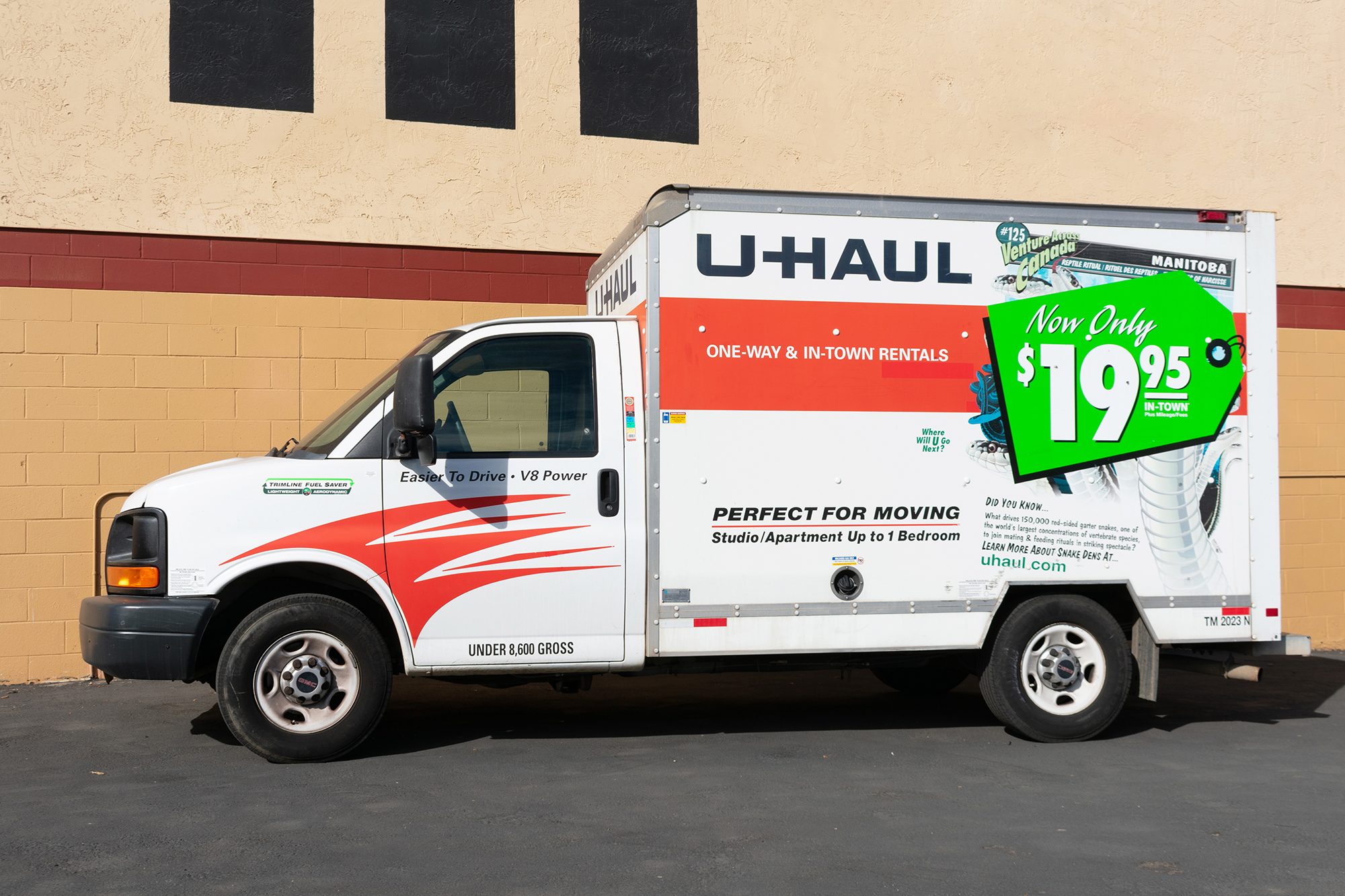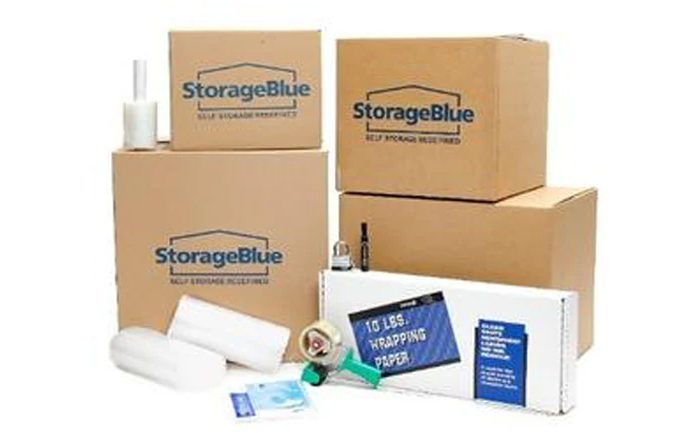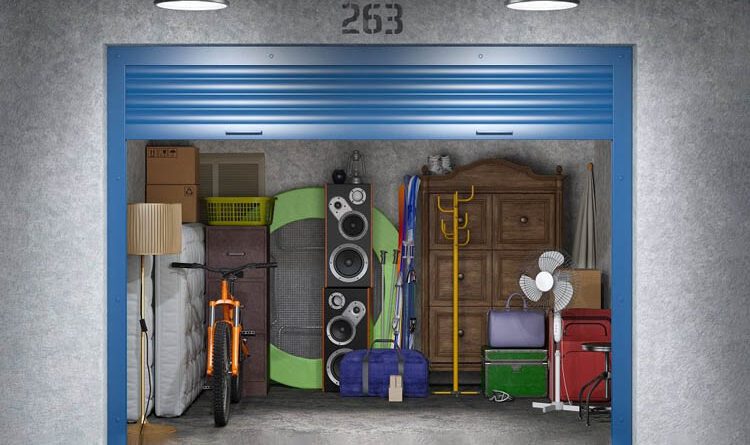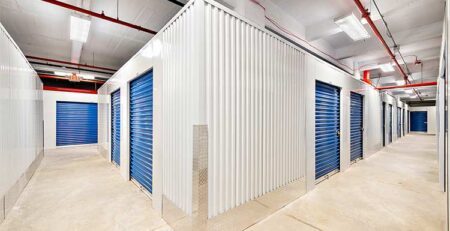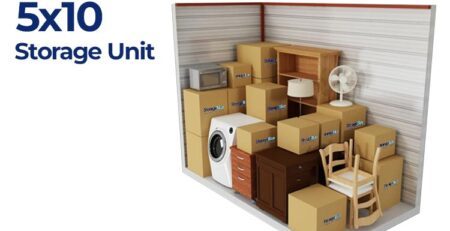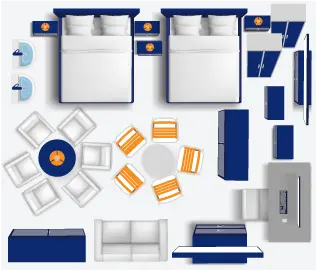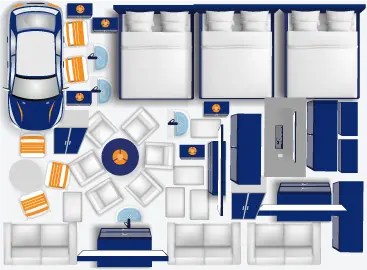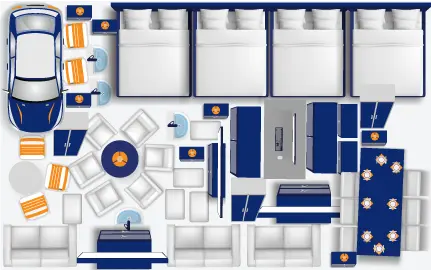A Guide on How to Organize Your Storage Unit
Have you decided it is time to rent a self-storage unit? Are you tired of your home is filled with clutter, or maybe you need somewhere to store your belongings as you transition to a new city? No matter what the reason is, it’s important to set yourself up for success by knowing how to be prepared. The process begins even before you move into your unit and starts with how you decide to pack and organize. Continue reading to find out how to maximize space and protect your belongings.
What comes first?
You can’t begin packing until you assess your home. Are you moving a full house room by room, or are you only moving certain items and furniture? These are important questions to ask yourself from the beginning.
Take inventory of your belongings to get a clear idea of what needs to be packed. Once you’ve created a list, you’ll have an idea of what’s being moved and how much storage space you’ll need. At StorageBlue, our New Jersey facilities provide storage units that can store items including patio furniture, small boats, appliances, and boxes.
Check out storage facility features
Many storage units offer different features including climate-controlled units and free curbside pick up. If these are important to you, you’ll want to make sure the facility offers this.
Find out what services they offer as well. It is important to select a storage facility that focuses on providing convenient service, as StorageBlue does. By offering surveillance, packing materials, and U-Haul rental, you will have the tools necessary.
Make time to clean
Who wants to move into a new storage unit that isn’t clean? Before moving, it’s important to visit your storage unit to make sure there aren’t any cracks, leaks, or damage that may have been from a previous renter. Once you’ve done that, you can clean and sanitize the area.
The cleaning doesn’t stop there. You’ll also want to clean everything you plan on storing too. That means washing clothes, scrubbing furniture, and wiping down appliances. The last thing you want to do is store something dirty and have it collect more dirt and dust.
Prioritize your packing
Now, this is when your inventory list comes in handy. You can now go through it and mark the items you think you’ll need to access often. It’s important those items are in the front, so they don’t get lost with everything else. If you know for certain you won’t need something for a while, then make life easier and put it towards the back.
One of the best ways to do this is also by being as detailed as possible. Use sharpies, highlighters, sticky notes, or whatever you need to remind yourself where everything is. Be intentional with your packing. Making sure things stay together will be extremely helpful in the long run.
Prepare for moving day
So, everything is finally in order. You are now ready to make the big move. Depending on how much you are moving, you may be able to do it yourself. If not, storage facilities such as StorageBlue may offer U-Haul rentals on-site. However, you decide, using carts and hand trucks can be helpful for large items.
Build from the bottom up
Now on to the fun part – getting everything inside your storage unit. Did you know packing vertically can help maximize your staff? Stacking your boxes with the heaviest items at the bottom will allow you to build. It’s even a great way to make room to have a small walkway.
Depending on your storage needs, you can even consider using temporary shelving. All you need is a drill to hang hooks for miscellaneous items that aren’t heavy.
Now you are ready to go! This quick and easy guide will help make the process smooth and efficient. Also, don’t feel pressure to do it all in one day. If you can move over time, that’s even better. Really take the time to organize your belongings. In the end, that will help give you the best results.
We not only want to guide you in the process, but we also want to be the storage facility you decide to call home. StorageBlue offers some of the best storage solutions for the New Jersey and New York metropolitan areas.

